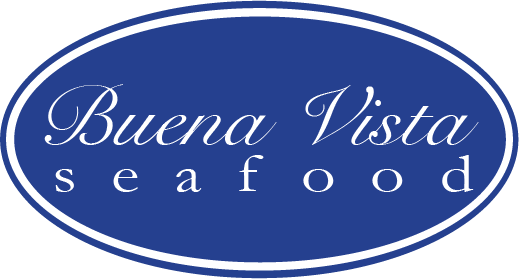Chesapeake Blue Catfish
Ictalurus furcatus
A delicious way to save Chesapeake Bay
This invasive species is eating its way through the Chesapeake, feasting on fish (such as menhaden and white perch), mussels, crabs, clams, crayfish and more. With such a rich Chesapeake Bay diet, they are delicious and plentiful. Eating them is the tastiest way to save the bay.
Why haven’t we heard of Chesapeake Blue Catfish before?
Like many Chesapeake Bay residents, the fish relocated here. Blue catfish were introduced to Virginia’s James, York, and Rappahannock rivers for sport fishing in the early 1970s. And with no natural predators, it thrived. It is a long-lived fish and can grow to 100 pounds.
What Chefs are saying
Recipe from Saveur Magazine
DC area chefs can’t get enough of this delicious fish. It is mild, pearly white and flaky.
Check out Chef Chad Wells from the Rockfish bar and Grill. (YouTube)
Chef Fiona Lewis’ Baked Blue Catfish from the District Fishwife (Washingtonian)
The venerated Black Salt Restaurant Group is doing their part to eradicate the species one bite at a time. (Eater DC)
Why they are a THREAT to the Chesapeake
Blue catfish are opportunistic bottom-feeders. Their varied diet includes worms, clams, small crustaceans, mussels, crabs, insects, frogs and a variety of smaller fish, including other blue catfish. However, their diet varies seasonally, and in spring, summer and fall, a large portion of the blue catfish’s diet is also made up of underwater vegetation. Blue catfish have the ability to “taste” their surroundings with sensory tissues on their barbels and skin, which they use to detect and hunt prey. To avoid predators, young blue catfish will often hunt at night, feeding primarily on zooplankton and small aquatic insects.
No predators
While adult blue catfish have few natural predators in the Chesapeake Bay watershed, juveniles are among the preferred prey of both osprey and bald eagles. However, when attacked, blue catfish defend themselves with serrated spinal barbs located on their dorsal and pectoral fins. The spines have glands that expel harmful toxins, which enter a predator’s wounds and cause sharp pain. Due to these defenses and their success as hunters and foragers, their population has grown.
The Chesapeake Bay is the largest and most valuable estuary in the United States.
The Chesapeake Bay is an estuary, a body of water where fresh and saltwater mix. It is the largest of 130 estuaries in the United States.
Formed about 12,000 years ago as glaciers melted and flooded the Susquehanna River valley, the Chesapeake Bay is also North America’s largest estuary and the world’s third largest.
The Bay holds more than 15 trillion gallons of water.
The Bay supports more than 3,600 species of plants, fish and animals, including 348 species of finfish, 173 species of shellfish and over 2,700 plant species.
The Chesapeake is home to 29 species of waterfowl and is a major resting ground along the Atlantic Flyway. Every year, one million waterfowl winter in the Chesapeake Bay region.
The Chesapeake is a commercial and recreational resource for the more than 16 million people who live in its watershed.
“Chesapeake” derives from the Native American “Tschiswapeki,” which loosely translates into “great shellfish bay.”
(source: Living Classrooms)
Sources and Additional Information
The Chesapeake Bay Program’s Sustainable Fisheries Goal Implementation Team adopted an Invasive Catfish Policy statement, which outlines the need to control the effects of these nonnative fish. The Goal Team’s Invasive Catfish Task Force released two reports synthesizing what is known about invasive catfish and offering recommendations for managing their spread.
Fishes of Chesapeake Bay by Edward O. Murdy, Ray S. Birdsong and John A. Musick
Invasive Catfish – National Oceanic and Atmospheric Administration Chesapeake Bay Office
Maryland Fish Facts: Blue Catfish – Maryland Department of Natural Resources
Animal Diversity Web: Ictalurus furcatus – University of Michigan Museum of Zoology


